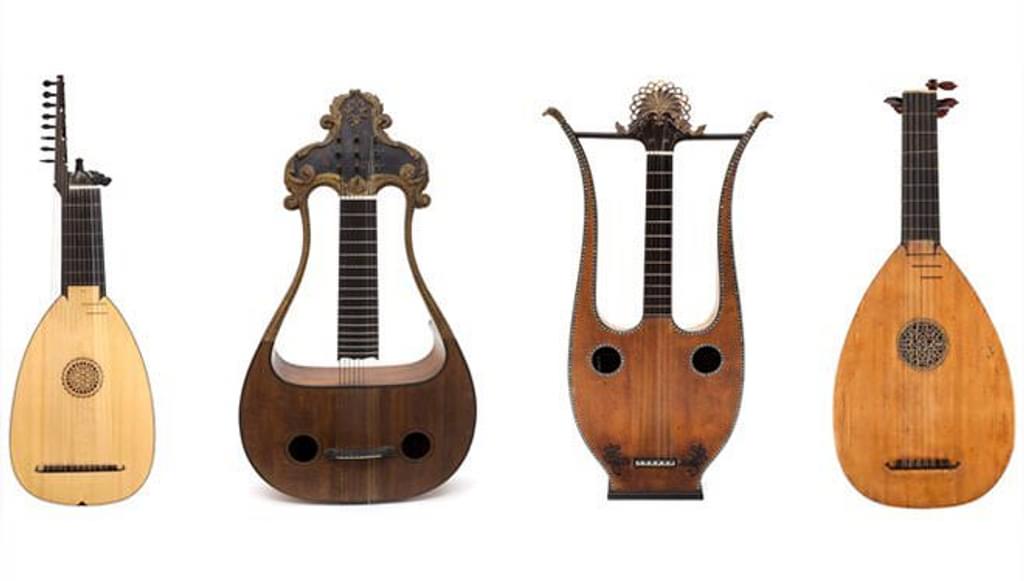Since its foundation in 1822, the Academy has acquired or been lent important collections of musical instruments
Becket Collection
The Becket Collection was started by Elise Becket Smith (now Lady Smith) in 1998 to encourage and facilitate the study of historically informed performance. For the next decade - and beyond - the Collection was built, under the direction of the Royal Academy of Music’s Curator of Instruments, the luthier David Rattray. It now comprises a complete orchestra of 25 Classical period British stringed instruments together with a full set of woodwind, brass and percussion instruments. Lady Smith, together with her fellow Trustees of the Becket Collection, donated this entire unique and important working collection of period instruments to the Academy in 2012.
The stringed instruments include a Daniel Parker violin (1720), a Nathaniel Cross cello (c.1740), a Henry Jay viola (1768) and the only known example of an English piccolo violin, by John Barratt (c.1725). The earliest instrument in the Becket Collection is a Robert Cuthbert violin of 1676.
Apart from the fine level of craftsmanship seen in these instruments, the fact that many remain in unaltered period condition makes this collection both unique and of highly important scholarly significance. The Becket Collection also incorporates a group of 15 specially commissioned modern copies of Venetian baroque masterpieces and their bows — an ensemble of the type that Vivaldi would have used for performances in Venice in the early 18th century. Three years in the making, this was the largest single instrument commission of its time and involved some of the finest luthiers from Europe and the USA.
Distinguished musicians who have worked with the Collection include Margaret Faultless, Jonathan Cohen, Sir Roger Norrington, Pavlo Beznosiuk, Trevor Pinnock CBE and Laurence Cummings. Many of the students who have used the instruments during their studies are now playing with the leading period orchestras in England and abroad. In 2010 the Royal Academy of Music published the much-praised book The Becket Collection of Historical Musical Instruments, by David Rattray, to mark the 10th anniversary of the foundation of the Collection.
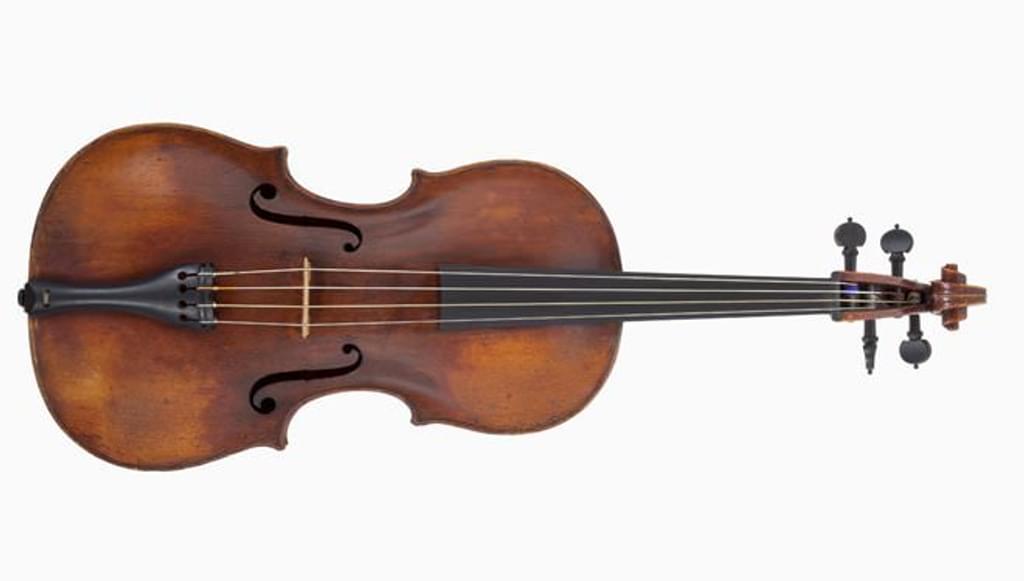
Broadwood Collection
The Broadwood Trust, through its Chairman, the late Mr Adam Johnstone OBE, donated the Broadwood Collection of historical keyboard instruments to the Academy in 1993; these had been preserved by the Broadwood family as important specimens of the firm’s production. Four of the instruments are on long-term loan to the Cobbe Foundation and are kept at Hatchlands Park, a National Trust property.
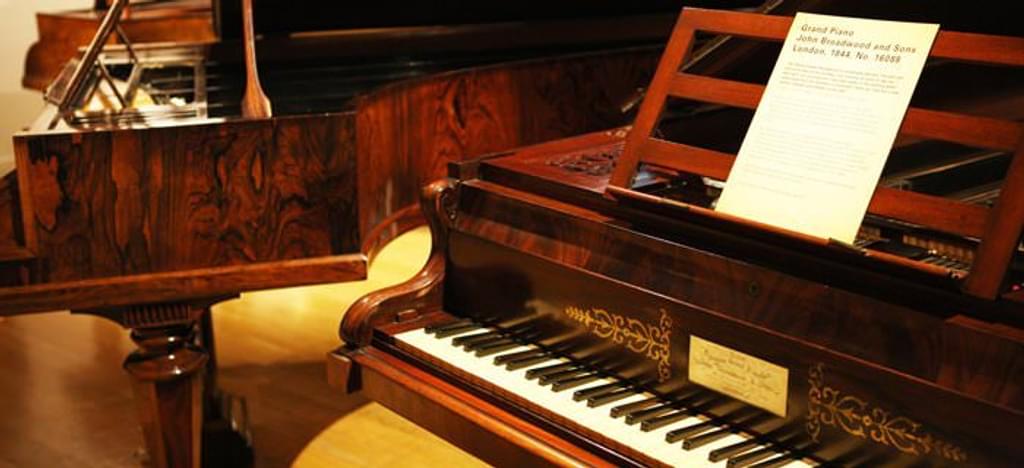
Calleva Collection
The Calleva Foundation has been creating this fine instrument collection since 2010. The Calleva Collection is embracing the challenge to assemble instruments from the highest calibre of international makers to create a pool of early 21st century instruments that are the best available in the world. Primarily consisting of stringed instruments, the collection also includes a significant collection of bows.
The Calleva Foundation's project has two main objectives. One is to build a legacy for many future generations of talented young musicians as a form of bursary via the loan of an instrument that they would not otherwise have access to during their formative years. The second one is to encourage the making and appreciation of the finest new instruments both in the modern and baroque traditions.
All players are influenced to a greater or lesser degree by an instrument's appearance, and an old or antiqued instrument with a nice wear pattern certainly has more to hold the eye. However, in any given period instruments are made in varying quality and older is not necessarily better. Most instruments improve with regular playing and the more consistent the playing, the more they will improve. The Calleva Foundation hopes to demonstrate over time that these fine new instruments can compete with many older instruments and that with good playing and due care, they will improve further still.
The Calleva Collection instruments are on loan to the Royal Academy of Music for use by Academy students, giving tomorrow's musicians a better understanding and appreciation of contemporary instruments. The bows offer the students the chance to experiment and explore how their playing might be developed further with different bows.
‘A selection of pictures of the new instruments commissioned for the Royal Academy of Music from some of today’s finest luthiers’
Elbow Music
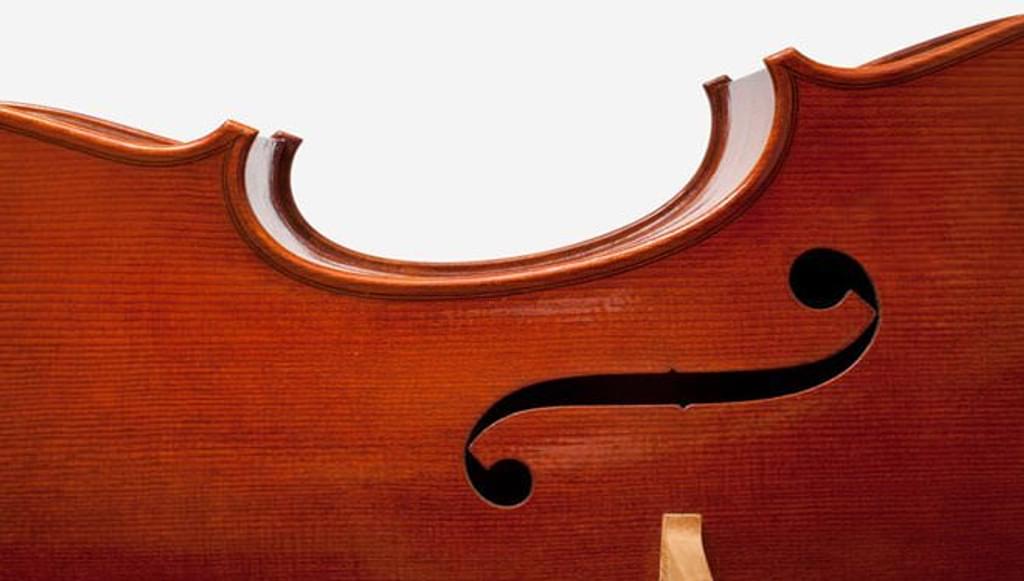
Rutson Collection
The Royal Academy of Music’s famous strings collection consists of nearly three hundred instruments, the majority of which were received as gifts over the last century. In 1890 John Rutson (1829-1906), an amateur musician who became a director of the Royal Academy of Music, gave an important group of stringed instruments to the institution. The collection began in 1906 with the receipt of his bequest. This included two violins, 1694 Rutson and 1718 Maurin, and the magnificent 1696 Archinto viola all by Antonio Stradivari. Among other fine instruments in the Rutson Collection are three important examples by members of the Amati family, including a rare tenor viola.
Various important and interesting instruments, including from the Rutson Collection, are displayed in the Academy Museum’s Strings Gallery. Many Academy collection instruments are also lent to young Academy musicians during their studentship. The collection as a whole represents a wide cross-section of instruments, including examples from the Italian, French, German and Dutch schools of making, as well as a broad sample of fine British work.
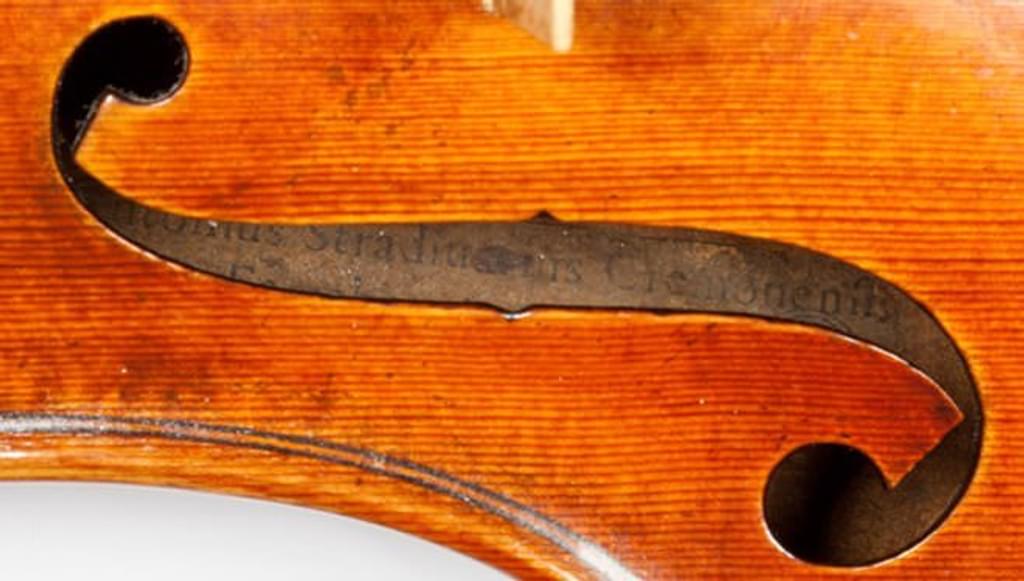
Spencer Collection
The Spencer Collection’s rare and interesting material dates from the mid-16th century. It contains lutes and guitars, printed books and manuscripts for the lute and guitar, song sheets, an instruction sheet for fretting, and pages from the Mynshall, Burwell and Margaret Board lute tutor books. The Spencer Collections holds concert notices and advertisements, and playbills. It has strong visual material, such as engravings, mezzotints and lithographs relating to the guitar, lute, musical patronage, performers, performance venues, patrons, composers (particularly in relation to the lute and guitar), and allegorical scenes (such as representing the Five Senses or the Seasons), effigies and tombs, portraits of British kings, queens and aristocrats, and musical scenes. The Spencer collection also has exhibition panels relating to the life of Henry Purcell used for the tercentenary of the composer’s death in 1995 in an exhibition curated by Robert Spencer in the Wigmore Hall.
The collection’s creator, Robert Spencer HonRAM (1932-1997) was connected with the lute as a performer, scholar, teacher and collector of instruments and of manuscripts. He was professor of early English song at the Academy for nearly 25 years. Robert Spencer used his collection as a working library, enabling him to carry out the detailed scholarly research which underpinned his performing and teaching activities.
Various instruments, manuscripts and prints from the Spencer Collection are on public display in the Museum’s Strings Gallery. The Spencer Collection was acquired by the Academy in 1998 with the help of the National Heritage Memorial Fund, Mrs Jill Spencer, the Britten-Pears Foundation and contributors to a public Appeal.
